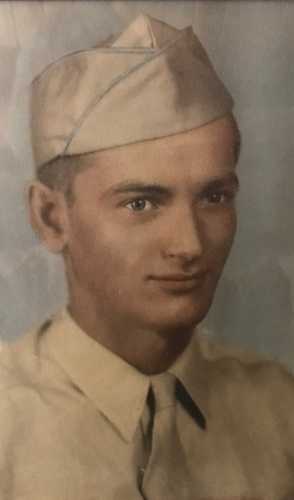Keywords: Germans
Item 102767
Copy of a plan of lands on the west side of Madomack River, Waldoboro, 1774
Contributed by: Maine Historical Society Date: 1774 Location: Waldoboro Media: Ink on paper
Item 17030
Postcard concerning capture by Germans, 1944
Contributed by: Maine Historical Society Date: 1944 Location: Gneixendorf; South Portland Media: Postcard
Exhibit
Passing the Time: Artwork by World War II German POWs
In 1944, the US Government established Camp Houlton, a prisoner of war (POW) internment camp for captured German soldiers during World War II. Many of the prisoners worked on local farms planting and harvesting potatoes. Some created artwork and handicrafts they sold or gave to camp guards. Camp Houlton processed and held about 3500 prisoners and operated until May 1946.
Exhibit
Student Exhibit: Somerset Railroad
The Somerset Railroad was completed in 1872. It started out as a dream to link the Maine Coast with Canadian businesses to the north. It ran from the North Woods around Moosehead Lake down to Southern Maine and back again for 56 years.
Site Page
John Martin: Expert Observer - John and Clara Martin wedding hack, Bangor, 1850
"… were cut the windows were one pane of clear thick German glass and also the window to the door the straps were plated." The horses were black…"
Site Page
Early Maine Photography - War - Page 1 of 2
"… Heyer was the first white child born in the German immigrant community of Waldoboro. In his twenties, Heyer joined the Continental Army, serving…"
Story
Stories from Eastport
by Ruth McInnis
My memories of growing up in Eastport, WWII, camping, and history on the border
Story
Tammy Ackerman: Falling in love with Biddeford
by Biddeford Cultural & Heritage Center
Someone "from away" who fell in love with Biddeford and contributed to its transformation
Lesson Plan
Longfellow Studies: Longfellow Meets German Radical Poet Ferdinand Freiligrath
Grade Level: 9-12
Content Area: English Language Arts, Social Studies
During Longfellow's 1842 travels in Germany he made the acquaintance of the politically radical Ferdinand Freiligrath, one of the influential voices calling for social revolution in his country. It is suggested that this association with Freiligrath along with his return visit with Charles Dickens influenced Longfellow's slavery poems. This essay traces Longfellow's interest in the German poet, Freiligrath's development as a radical poetic voice, and Longfellow's subsequent visit with Charles Dickens. Samples of verse and prose are provided to illustrate each writer's social conscience.













